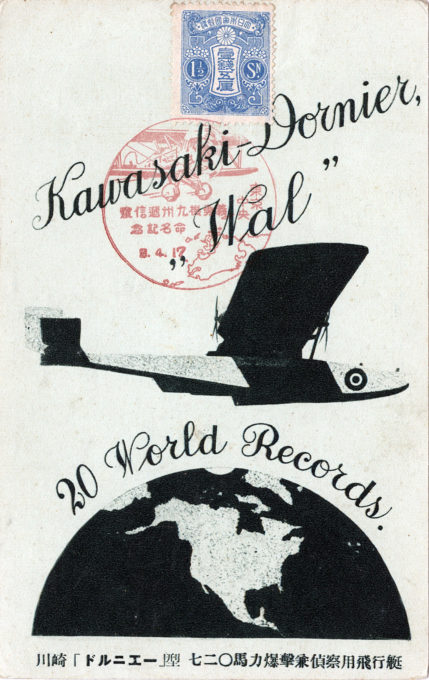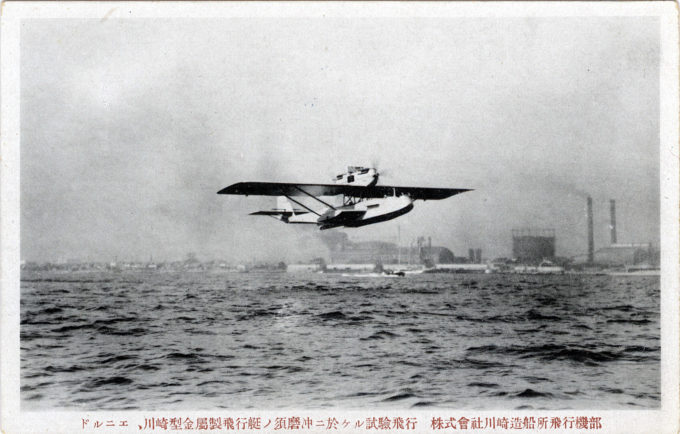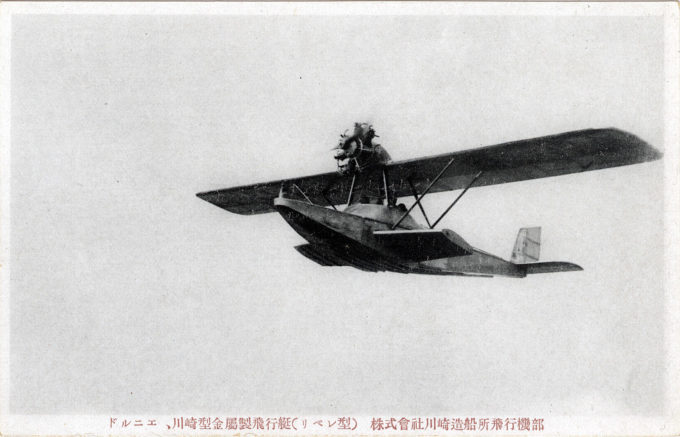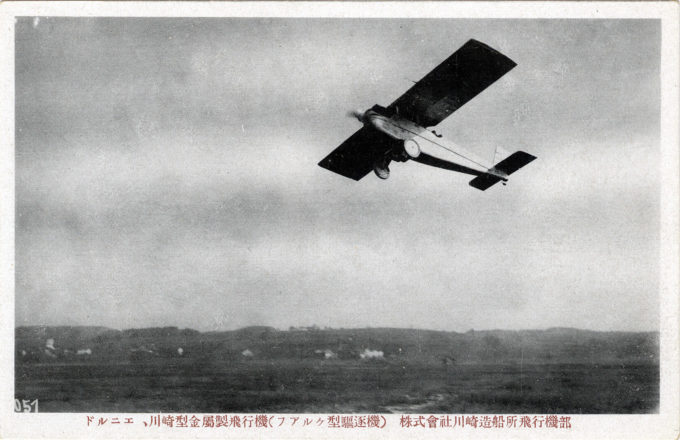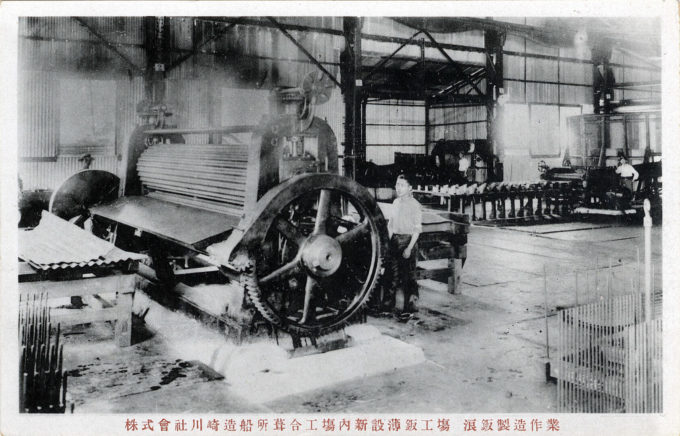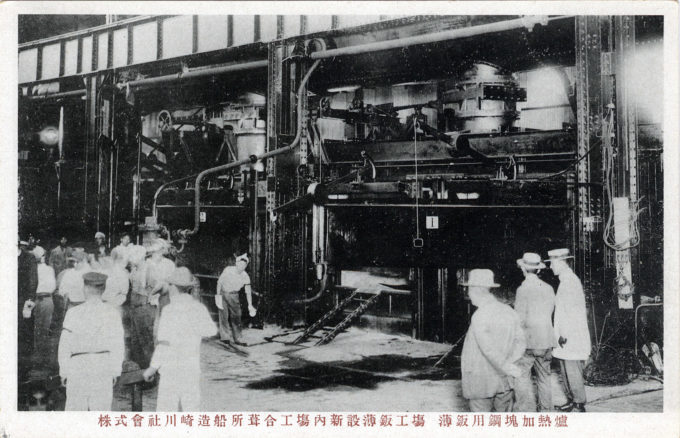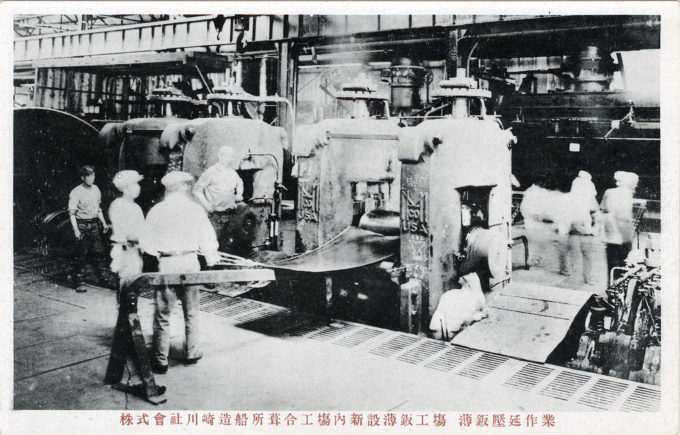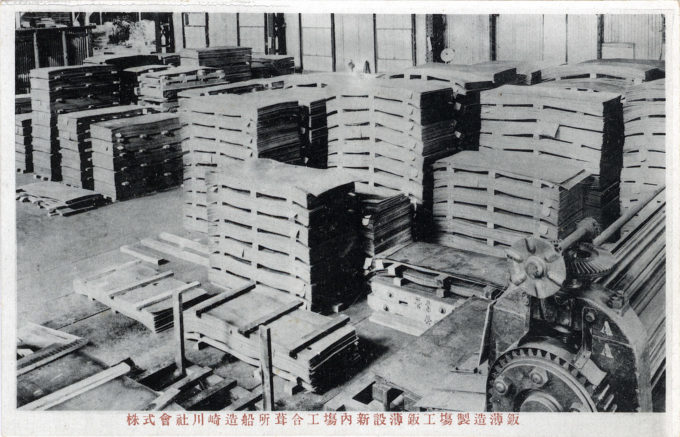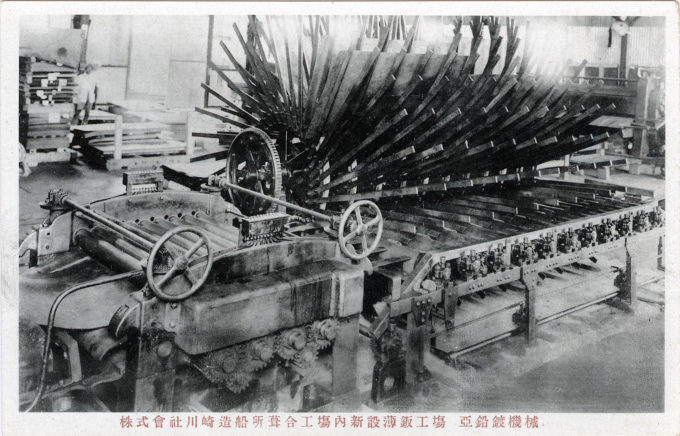“A famous firm of ship builders [has] been constructing, under license, for some years past the Salmson biplane and the Salmson engine, large numbers of which have been supplied to the Japanese army.
“During 1924, [Kawasaki Dockyard Co.] obtained the licenses to construct Dornier metal aircraft, the B.M.W. engine, and the Vincent Andre radiator.”
– Jane’s All the World’s Aircraft, 1925
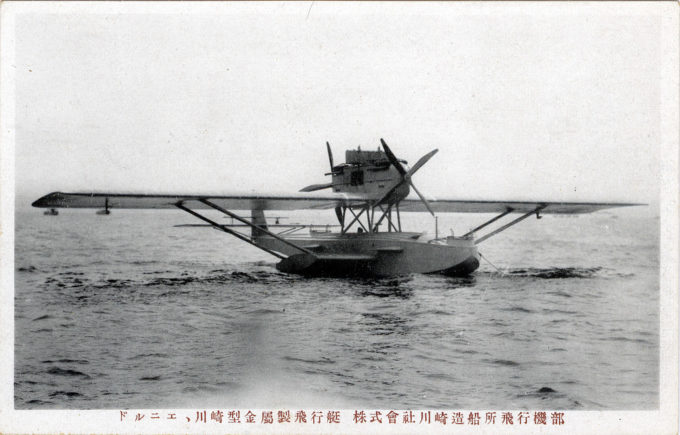
Dornier Do J Wal (“Whale”), manufactured under license by Kawasaki Dockyard Co. (Aviation Department), Hyogo, Kobe, c. 1925.
See also:
Kawasaki Model 1 Type 92 fighter, c. 1930.
Kawasaki Ki-10 Type 95 fighter, c. 1935.
“By the early 1920s, Japanese specialists had become increasingly interested in German aviation technology … [R]eports by the Japanese members of the Inter-Allied Aeronautical Commission of Control — along with war reparations from Germany following the Treaty of Versailles — effectively propagated the recent advances in German all-metal construction.
“The news about a revolution in aircraft design arrived just in time. In 1923 the Army Aviation Department decided to modernize its bomber fleet.
“… Shipbuilding company Kawasaki Dockyard played a major role in the army’s modernization project. Kawasaki had started building [aircraft] in 1918 at its Kobe factory. In 1922, their aircraft production expanded and moved near the army’s Kakamigahara Airfield, about twenty-five kilometers north of Nagoya.
“In October 1923 Colonel Sugiyama Gen, section leader at the Army Aviation Department, met Takezaki Tomokichi, the head of Kawasaki’s aircraft department, and asked him to find a German aircraft maker who could design a new all-metal bomber for the Japanese army. Takezaki promptly arranged a meeting with the German trading company Illies, which helped Kawasaki successfully to establish contact with aircraft designer Claude Dornier. The Dornier-Kawasaki license contract [was] concluded in February 1924.
“… In the same year the contract was concluded, Dornier delivered the first three aircraft to Kawasaki. Satisfying his obligations under the contract, Dornier himself set off for Japan. He arrived in November 1924, just in time to supervise the reassembly of his planes in Kobe. The public flight demonstratio of his flagship was scheduled for December 3.
“… Dornier’s test pilot, Erich Just, climbed into his narrow, open cockpit, and the presidents of the two companies — Claude Dornier and Takezaki Tomokichi — took seats in the more comfortable passenger cabin. At eight o’clock sharp, Just pushed the engine throttles forward. The 7.4-ton Wal flying boat accelerated and smoothly took off for its 500-kilometer nonstop flight from Kobe to the Kasumigahara naval base.
“Wavering between fright and admiration, the Japanese press praised the hydroplane as a ‘monster in the sky’ (kuchu no kaibutsu) and excitedly quoted Dornier’s comment that his aircraft would make it possible to fly from Tokyo to Berlin in only thirty hours, an impressive improvement over a sea-and-land travel time of more than two weeks.”
– Wings for the Rising Sun: A Transnational History of Japanese Aviation, Jürgen P. Melzer, 2021
- Dornier Do J Wal, Kawasaki Dockyard Co. (Aviation Department), Hyogo, Kobe, c. 1925.
- Dornier Do 12 Libelle (Dragonfly), Kawasaki Dockyard Co. (Aviation Department), Hyogo, Kobe, c. 1925.
- Dornier Do H Falke, Kawasaki Dockyard Co. (Aviation Department), Hyogo, Kobe, c. 1925.
- “Steel ingot preparation for sheet metal rolling”, Kawasaki Dockyard Co. (Aviation Department), Hyogo, Kobe, c. 1925.
- “Sheet metal rolling”, Kawasaki Dockyard Co. (Aviation Department), Hyogo, Kobe, c. 1925.
- “Sheet metal production”, Kawasaki Dockyard Co. (Aviation Department), Hyogo, Kobe, c. 1925.
- “Lead plating machinery”, Kawasaki Dockyard Co. (Aviation Department), Hyogo, Kobe, c. 1925.


